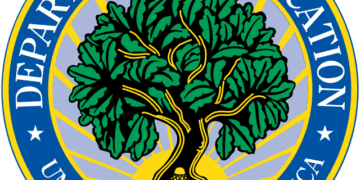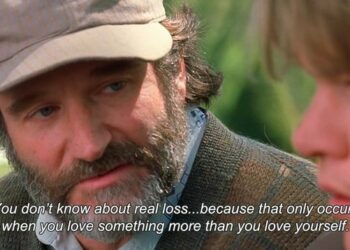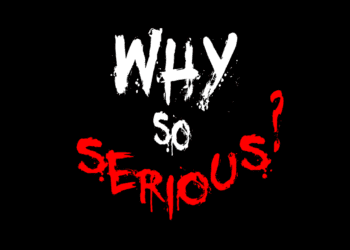In a world obsessed with logic and reason, we often overlook the profound beauty that lies in foolishness. The unconventional, the audacious, and the seemingly irrational have been the birthplace of some of history’s greatest breakthroughs. This blog post is a celebration of the creative spark that arises from embracing foolishness.
The Dance of Folly and Genius
The Creative Paradox
Foolishness and genius are often seen as opposing forces, but in reality, they are dance partners in the realm of creativity. As Albert Einstein once said, “The true sign of intelligence is not knowledge but imagination.” This sentiment captures the essence of the beautiful interplay between foolishness and brilliance.
Consider the story of Steve Jobs, co-founder of Apple Inc., who dared to dream of a world where sleek, user-friendly devices would revolutionize communication. His vision, though deemed audacious at the time, reshaped the way we interact with technology today. From the iconic iPod to the groundbreaking iPhone, Jobs’ willingness to embrace the seemingly absurd led to products that have become integral parts of our daily lives.

Historical Anecdotes
Leonardo da Vinci: A Foolish Visionary
Leonardo da Vinci, the quintessential Renaissance man, was often viewed as a dreamer, concocting fantastical inventions and envisioning flying machines. His seemingly foolish ideas laid the foundation for modern engineering and design principles.
One can’t help but marvel at his Flying Machine, conceived in 1485. This aerial apparatus with wings and pulleys was a testament to da Vinci’s imaginative prowess. While it never saw the skies, it planted the seed for future aviation pioneers. Da Vinci’s audacious designs not only pushed the boundaries of his time but continue to inspire innovators today.
His Armored Vehicle, designed in 1487, was another example of his forward-thinking approach to technology. This early tank-like vehicle was conceived for warfare, showcasing da Vinci’s ability to think beyond the constraints of his era.
| Invention | Year | Description |
|---|---|---|
| Flying Machine | 1485 | Aerial apparatus with wings and pulleys |
| Armored Vehicle | 1487 | Early tank-like vehicle for warfare |
The Neurology of Folly
Recent studies in neuroscience have shed light on the cognitive processes that link foolishness and creativity. Dr. Vatansever, a renowned neuroscientist, explains:
“Foolishness disrupts established thought patterns, allowing for the formation of novel connections within the brain.”
Research shows that when we engage in activities that challenge conventional thinking, our brains forge new neural pathways, fostering innovation and imaginative thinking. This neurological phenomenon highlights the tangible benefits of embracing the seemingly foolish.
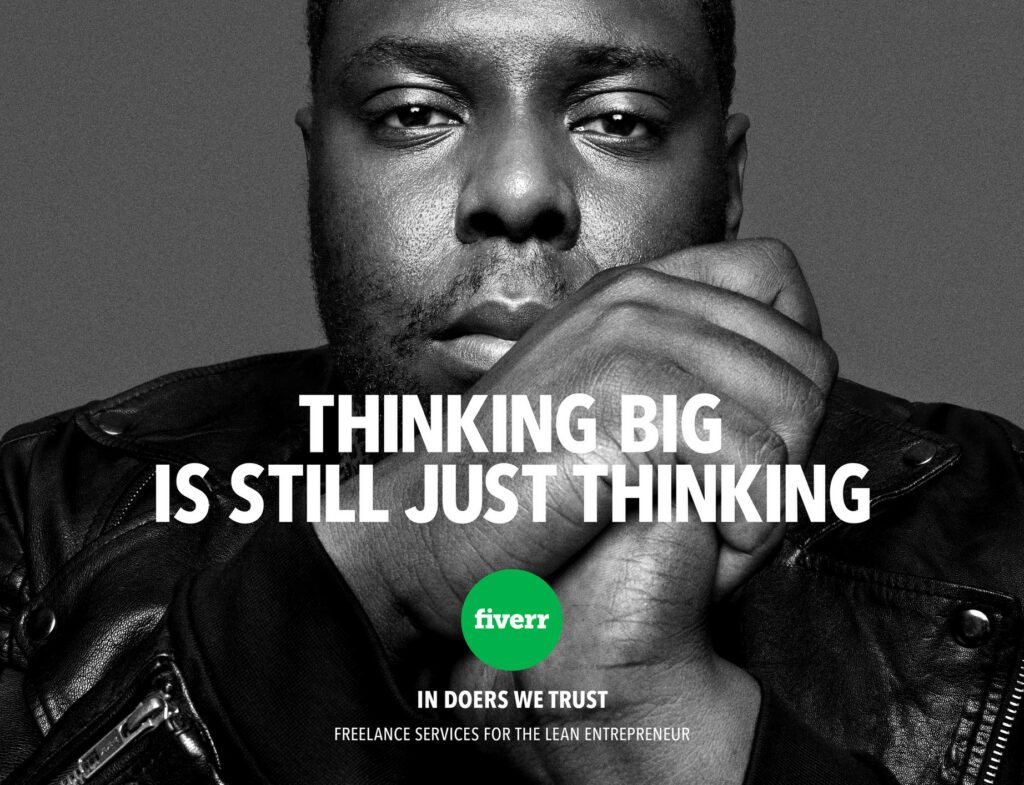
Nurturing Foolishness: Practical Strategies
Embrace Uncertainty
In a world driven by the pursuit of certainty, daring to step into the realm of uncertainty can be an act of great foolishness. It is in this uncharted territory that true innovation often takes root.
Consider the story of Elon Musk, founder of SpaceX and Tesla. His audacious goal of revolutionizing space travel was met with skepticism and doubt. Yet, by embracing the uncertainty, Musk and his team achieved remarkable milestones in rocket technology. Today, SpaceX stands as a testament to the power of embracing the unknown.
Cultivate a Childlike Curiosity
Children are masters of foolishness in the most endearing way. Their boundless curiosity and fearless exploration are wellsprings of inspiration.
“Every child is an artist. The problem is how to remain an artist once we grow up.” – Pablo Picasso
Recapturing that childlike wonder can reignite our capacity for creative thinking. Engage in activities that challenge your perspective and allow your imagination to roam freely. Take a cue from the imaginative play of children and let it infuse your approach to problem-solving.
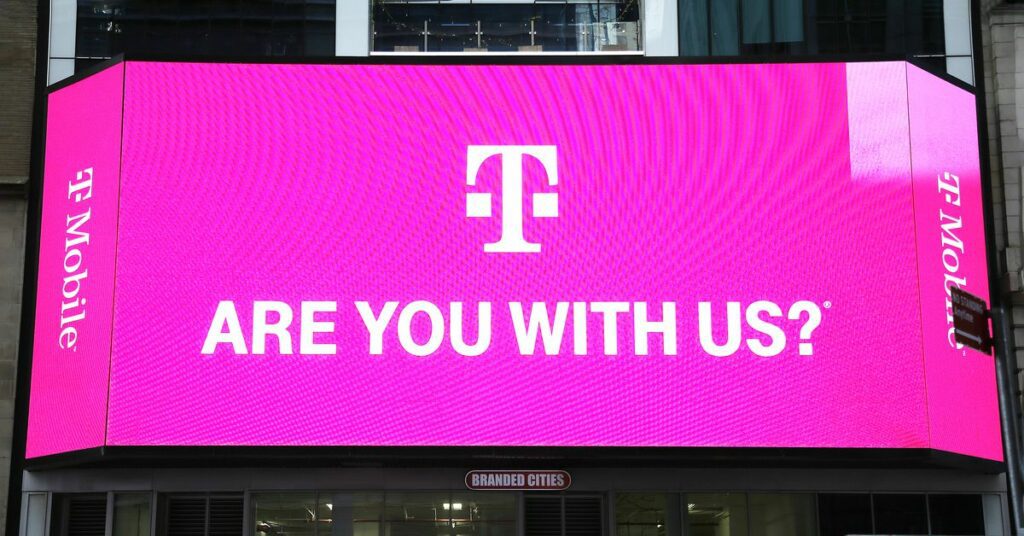
The Beauty of Failure
Embracing the Folly of Failure
Failure is often the cornerstone of success. Thomas Edison, despite facing numerous setbacks, famously said:
“I have not failed. I’ve just found 10,000 ways that won’t work.”
Edison’s relentless pursuit of a functional light bulb is a testament to the power of embracing failure. His journey was not a linear path to success, but a series of experiments, each teaching a valuable lesson. Through each “failure,” Edison gained invaluable insights that ultimately led to the creation of one of the most transformative inventions in history.
Chart: Edison’s Path to the Light Bulb
| Attempt | Result |
|---|---|
| 1 | Failure |
| 100 | Failure |
| 1000 | Failure |
| 10000 | Success |
Each failure brought Edison one step closer to his groundbreaking achievement. This chart is a vivid illustration of the iterative nature of innovation.
The Folly of Conformity
Breaking Free from the Herd
In a society that values conformity, embracing one’s inner fool can be a radical act of self-liberation.
“The opposite of courage in our society is not cowardice, it’s conformity.” – Rollo May
Often, the most transformative ideas emerge from those who dare to challenge the status quo. Think of Rosa Parks, whose refusal to give up her bus seat ignited the civil rights movement, or Galileo Galilei, who defied conventional wisdom to advocate for a heliocentric model of the solar system.
Embrace Your Inner Fool
Foolishness is not a liability to be avoided, but a wellspring of creativity and innovation to be cherished. As we navigate our paths, let us remember that sometimes, it’s the most foolish ideas that have the power to change the world.
External Sources:

























